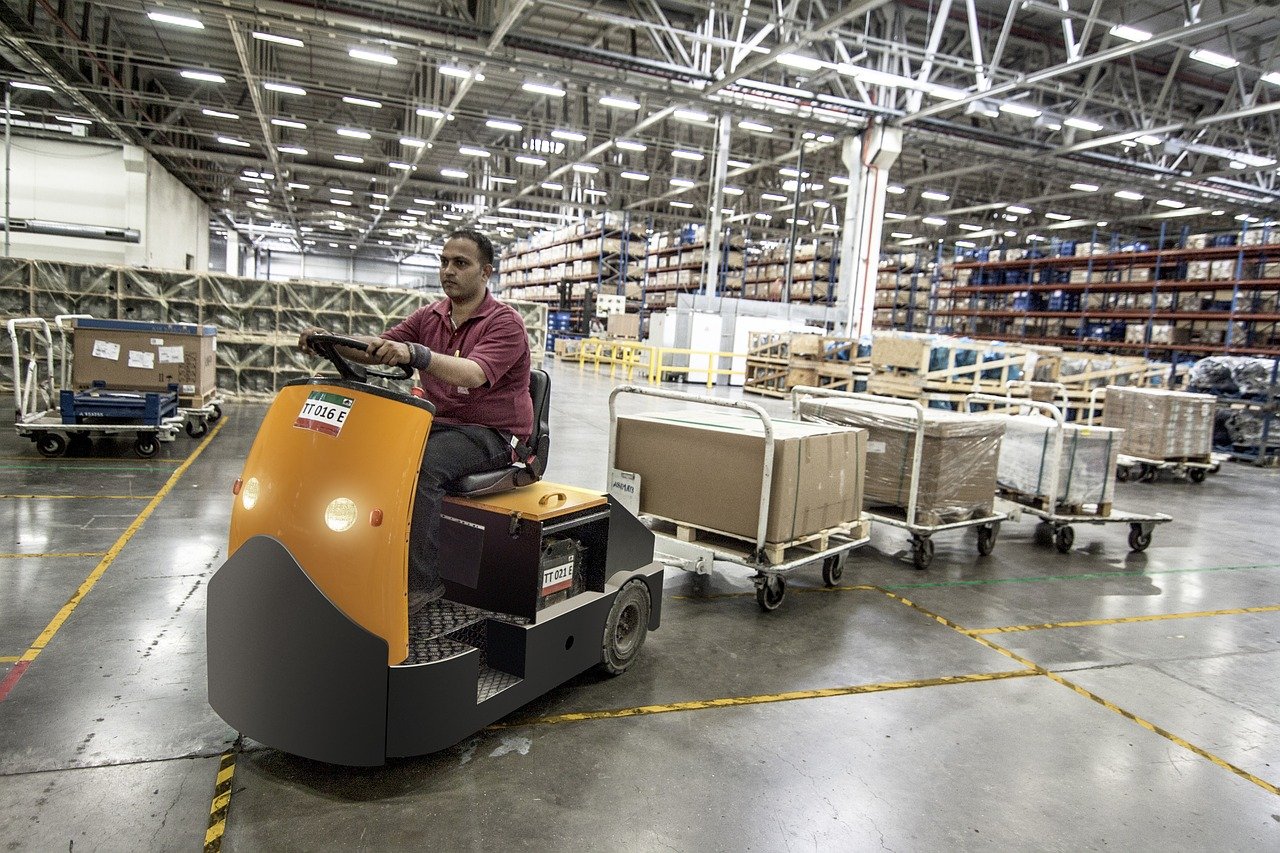Manufacturing suffering labour shortages after pandemic
A new study from The Workforce Institute at UKG has found that two-thirds of US manufacturers are currently unable to fill labour gaps

A new study estimates that manufacturing frontline shift-work volume in the US is hovering at 88.5% of pre-pandemic levels (as of April 2021) and that more than half of manufacturers are now struggling to find skilled labour.
The research says that the skilled-labour shortage in manufacturing could delay the manufacturing sector’s full recovery.
The survey is from The Workforce Institute at UKG, and questioned 300 hiring decision-makers, both US only (65%) and those with a strong US presence (35%).
Production lines are understaffed
Before the pandemic, 38% of manufacturers were having trouble finding candidates with the right skills, but this number has now jumped to 54%, and nearly two in three manufacturers are struggling to fill critical labour gaps, despite the high underemployment brought on by COVID-19.
In March 2021, manufacturing production lines have been found to be understaffed a quarter of the time. The survey found new issues developing during the pandemic, including employees skipping scheduled shifts with zero notice, and 68% of manufacturers being forced to let employees go due to poor attendance. Thirteen per cent of managers also said they had to adjust labour schedules every day, to account for unplanned absences.
However, turnover is up 15% over the prior year: Nearly three in five manufacturers (59%) experienced “higher-than-average” turnover from March 2020 to March 2021, compared with 44% from March 2019 to March 2020. Among multinationals, 71% said turnover was up during the first year of the pandemic vs. 52% of U.S.-only manufacturers.
Without an adequate workforce, however, these obstacles are hitting manufacturers’ bottom lines in the form of productivity losses (37%) and overtime pay (34%), as well as costs related to employee burnout (28%), employee turnover (27%), and recruiting (23%).
Investment in the workforce
This means manufacturers are prioritising investment in their workforce, with employee cross-training becoming a greater focus for 73% of manufacturers. One in three also now offer mentorship programs to encourage knowledge-sharing as they prepare for a rise in retiring Baby Boomers.
Four in five manufacturers (81%) say investing in the workforce is a key component of their digital-transformation strategy, and just as many say their frontline managers already have the right tools and resources to help employees advance along their career paths.
However, there is room for growth as only 28% of manufacturers say their employees have autonomy to adjust their work schedules or set their own availability or work preferences. Schedule predictability for full- and part-time employees in manufacturing has also decreased year over year.
Flexible, safe and diverse talent pipelines in the future
Nearly three in four manufacturers (73%) have advanced their digital strategies by accelerating adoption of new technologies within the first year of the pandemic. Adoption of automated employee scheduling solutions is on the rise — up 16% over the prior year — as is adoption of mobile at-work technology that enables flexible employee practices, like using a mobile device to clock in/out of a shift (up 23% over the prior year) or request schedule changes (up 19% over the prior year).
Health and safety practices have also been introduced from 2020, including testing and screening protocols. These are expected to remain steady fixtures through the remainder of 2020 and bring peace of mind to the workforce.
Manufacturers are now recruiting from ‘alternative’ talent pools. Within the past year, 76% have hired or considered hiring people with non-traditional skills and work histories. On top of this, 71% are recruiting individual contractors, 62% are hiring people with disabilities or special needs, and 52% second-change workers. Overall, 71% call workplace diversity a “top recruitment priority” for their HR department.
“People have been and always will be the backbone of the manufacturing industry,” said Kylene Zenk, director of the manufacturing practice at UKG. “Investing in technology that will create a better experience for all employees — that will make them feel protected, connected, and effective in their roles — is a modern necessity when cultivating the kind of highly sought-after workplace culture that is key to attracting and retaining today’s skilled and savvy workforce. Make no mistake, enhancing the employee experience must be among manufacturers’ highest priorities.”
